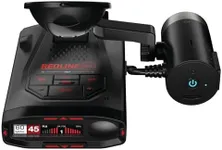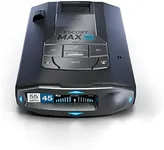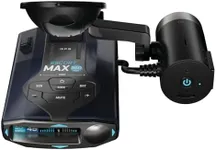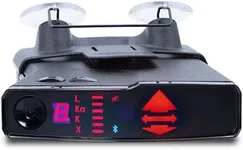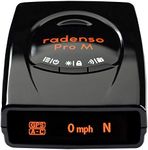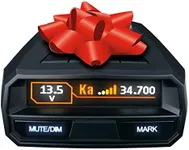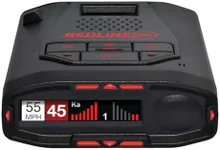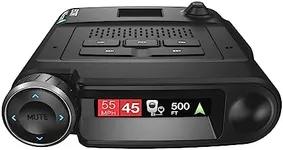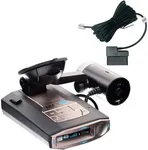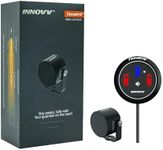Buying Guide for the Best Radar Detectors
Choosing a radar detector can greatly enhance your driving awareness by warning you about speed detection devices used by law enforcement. The key to picking the right radar detector is understanding which features matter most for your driving habits and typical routes. Knowing what to look for will help you avoid unnecessary gadgets and focus on the functions that improve your safety and convenience.Detection RangeDetection range refers to how far in advance the radar detector can alert you to radar signals. A longer detection range means you'll have more time to adjust your speed before reaching the radar source. Ranges can generally be divided into short, medium, and long. Short ranges only give you brief warnings, which might not be enough in fast traffic. Medium ranges are common and usually sufficient for city driving. Long ranges are ideal for highway driving where you may need more time to react. To choose the right range, consider if you mostly drive in urban areas with lots of signals close together or on open highways where early warnings are crucial.
Sensitivity and SelectivitySensitivity is about the radar detector’s ability to pick up weak signals, while selectivity is its ability to ignore irrelevant signals, like automatic doors or other cars’ safety features. Some detectors have adjustable sensitivity settings—city mode reduces false alarms in busy areas, while highway mode increases sensitivity on the open road. If you often drive through towns with many non-police radar sources, a device with good selectivity and customizable sensitivity will help reduce annoying false alerts.
Band Detection CapabilitiesRadar detectors pick up different types of radar bands (X, K, Ka, and sometimes laser). X bands are older and less common, K and Ka are widely used by law enforcement, and lasers (LIDAR) are becoming more popular. A good detector should reliably sense K and Ka bands at a minimum and ideally alert you to laser as well. If your local area is known to use a specific band, make sure the detector covers it for best results.
False Alert FilteringFalse alert filtering is the ability of the detector to tell the difference between real threats and harmless signals like those from automatic doors or collision avoidance systems in other cars. Detectors may use GPS or advanced filtering technology to reduce these nuisance warnings. Heavy filtering is especially useful if you commute in areas with lots of electronic noise. For rural roads, simple filtering might be enough since there are fewer sources of interference.
GPS FeaturesSome radar detectors include GPS, which can remember frequent false alert locations and block them in the future. GPS can also warn you about upcoming red-light and speed cameras even if no radar signal is detected. This is most helpful for regular routes where the same false alarms pop up, or if your city has many camera traps. If your driving is mostly highway or infrequent routes, you may need the GPS features less often.
Display and AlertsDisplays show you information like signal strength, radar band, and sometimes your speed or GPS info. Alerts can be visual, audio, or even voice. Bright, easy-to-read displays and clear, distinct alerts make it easier to identify threats without being distracted. If you drive in noisy environments, a unit with louder or customizable alerts is handy. For quiet vehicles or late-night driving, softer or visual alerts may be more comfortable.
Mounting Options and SizeRadar detectors come in different sizes and offer various mounting solutions—windshield, dashboard, or even built-in options. Consider how much space you have and where you want the device to sit so it doesn’t obstruct your view or clutter your interior. Windshield mounts are popular for flexibility, while built-in units are more discreet but harder to move between vehicles. Pick what will be safest and most convenient to reach while driving.
